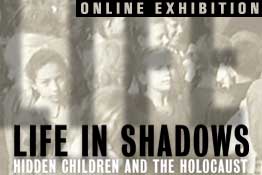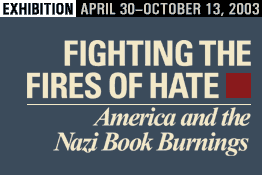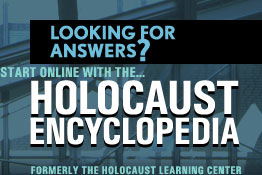Theresienstadt: Spiritual Resistance and Historical Context
Spiritual resistance refers to attempts by individuals to maintain humanity and dignity in the face of efforts to degrade them. During the Holocaust, countless Jews—in ghettos, concentration camps, or in hiding—engaged in resistance by refusing to allow their spirit to be broken even under profoundly dehumanizing circumstances. The “camp-ghetto” of Theresienstadt offered perhaps the most favorable environment for spiritual resistance in the Nazi camp system.

 Museum
Museum

































































